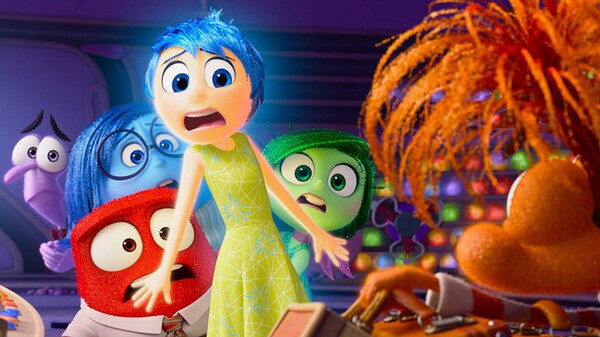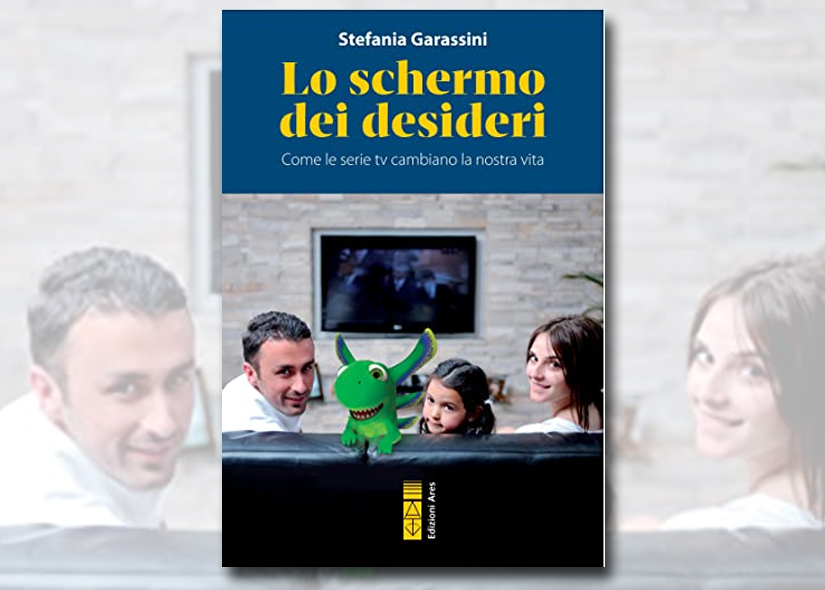Once upon a time there was a charming prince…
A central theme of classical fairy tales is the love story between a man
and woman, between the prince and the damsel… between the hero and a
beautiful young lady, always present to rescue, protect and nurture.
In their appreciable purity and simplicity, these fairy tales often have
stereotypical stories, characters and far-fetched endings.
Just as an example, the princess is almost always timid and helpless girl,
whose naivety lands her in hot water, only to escape thanks to the heroic
action of her prince charming (think of Snow White and the Seven Dwarfs or Sleeping Beauty).
The prince charming in question is always a perfect man, who never gives
up. He is unshakable and stubborn, devoid of weakness or fear, willing to
fight anything (dragons, fire, or storms) without batting an eyelash.
These love stories between the girl and her prince are often without a
solid foundation: a meeting is enough to understand that they are destined
to be together (think of Cinderella) and the fateful “kiss of true
love” often happens among strangers, who then, as if by magic, always end
up living “happily ever after.”
Beyond stereotypes, anthropological truths
If, however, classical fairy tales are clothed with stereotypes, one has to
admit that in many respects the anthropological structure of the human
being is concerned: with their limited tales, they can show that man and
woman can live well together, only if they accept to complete, or if each
one recognizes that they need the other.
These fairy tales have the merit of highlighting just as a man matures in
his woman’s care and the woman acquires confidence in relying on a “true
man” on whom to really count (if you want to deepen these issues, you may
read Man And Woman. Considerations of Dual Anthropology, by Marta
Brancatisano, Edusc, 2015).
These are stories that do not particularly affect the psychology of
characters and do not deepen relational dynamics in their complexity, but
they can still show how the relationship between man and woman can only
work if the two respect their own diversity and welcome each other, they
merge, instead of overwhelming the other or separating.
Man and woman in modern scenery: two worlds in their own right
The panorama of modern stories, on the other hand, is a bit different. Many
of today’s fairy tales – and not just fairy tales, but also advertisements,
movies … – often show man and woman as two parallel universes, struggling
to understand and meet.
Indeed, the overwhelming message in many stories is that man and woman can
(if not, even) do without each other if they want to be authentically
himself or herself
There seems to be disagreement between the male and female world: women in
particular claim full autonomy with respect to man and perhaps it is no
coincidence that cartoon characters are more and more often women (mothers
and daughters, sisters…), who solved their problems
alone.
Often these are stories that contain strong values, such as the importance
of forgiveness, dialogue and mutual aid (think of Maleficent, Ribelle-the Brave or Frozen), but it should be noted as
more and more often males feature on the margins, since women do well even
without a knight in shining armour.
Individualism endangering the relationship of couples
Once upon a time, women may have felt a bit silly about films, sagas,
stories where female protagonists were presented as silly, naive and unable
to look after themselves, but today there is another danger: that is, the
diminishing of the male figure- whether or not emptied of his virility – or
the relationship between man and woman.
The advance of individualism, in fact, endangers the couple’s relationship.
There are stories whose main message is that in order to realize their own
personal dreams (which should be placed above the couple’s mentality), man
and woman must accept everything, even foregoing their own union.
An high-spirited example of this is the “modern fairy tale” La-la Land, a 2017 music film directed by Damien Chazelle and
six-Oscar winner.
For the duration of the film, the protagonists (an aspiring actress and a
aspiring musician) show that they love each other: they support everything
and want to spend the rest of their lives together. However at the end,
they separate to pursue each one’s own individual success.
It’s just an example of how often, in “modern fables”, love between man and
woman is no longer in the centre: in the centre there is the “I” with its
dreams and ambitions … while the couple relationship is just one of the
many side effects of life.














